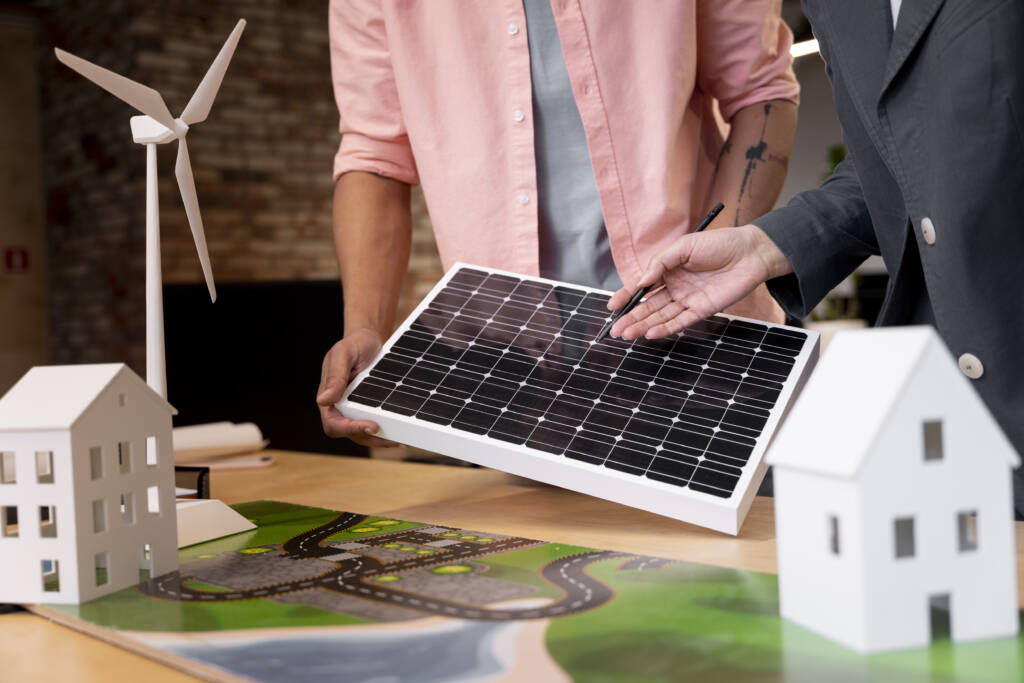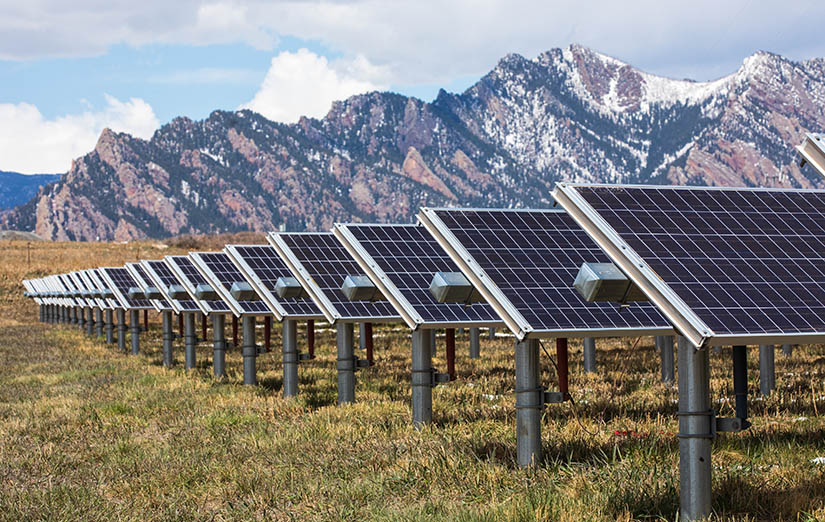Understanding the Science Behind Solar Energy
Solar panels have become a popular choice for homeowners and businesses seeking clean, renewable energy. But how exactly do solar panels work? Let’s dive into the science behind this incredible technology.
Solar panels are made up of photovoltaic (PV) cells, which are responsible for converting sunlight into usable electricity. These cells are typically made of silicon, a semiconductor material that can generate an electric current when exposed to sunlight.
When sunlight hits the solar panels, the PV cells absorb the photons (particles of light). This absorption process creates an electric field across the layers of the PV cell. The electric field forces the electrons in the cell to flow in a specific direction, creating a direct current (DC) of electricity.
However, most homes and businesses use alternating current (AC) electricity. To convert the DC electricity generated by the solar panels into AC electricity, an inverter is used. The inverter converts the DC electricity into the proper voltage and frequency for use in your home or business.
The AC electricity produced by the solar panels can now be used to power your appliances, lights, and other electrical devices. If your solar panels generate more electricity than you consume, the excess can be fed back into the grid, earning you credits or reducing your electricity bill through net metering.
In conclusion, solar panels work by harnessing the power of sunlight through PV cells to generate electricity. This clean and renewable energy source offers numerous benefits, including reduced carbon emissions, energy cost savings, and energy independence.




